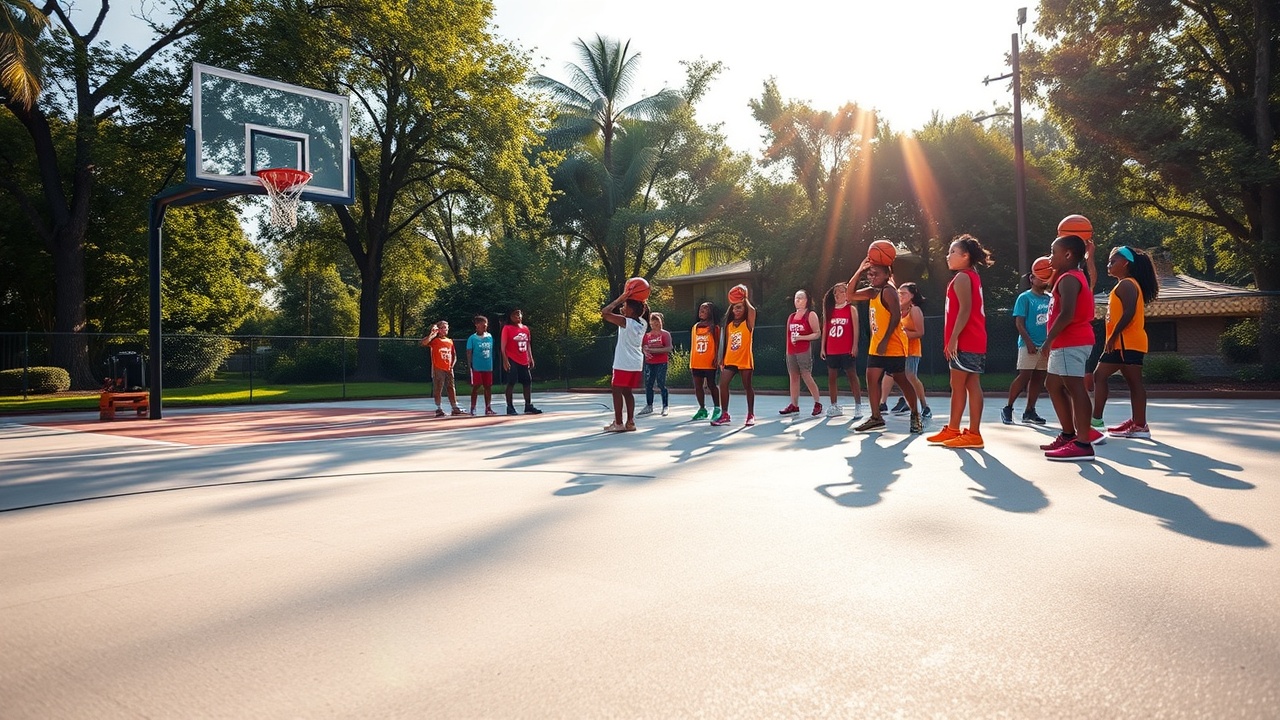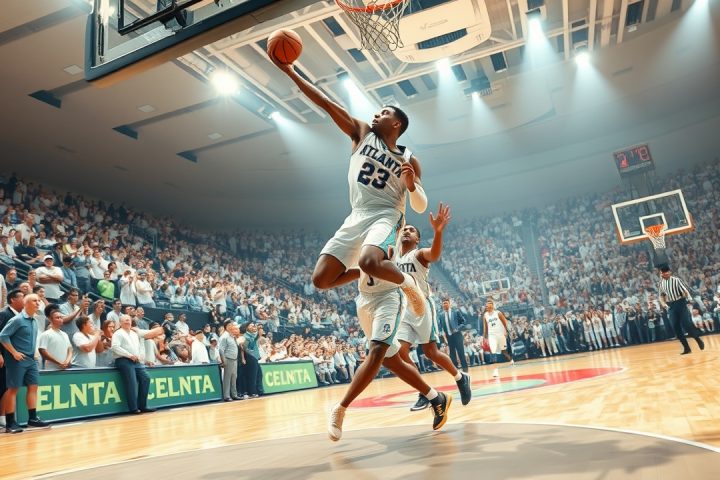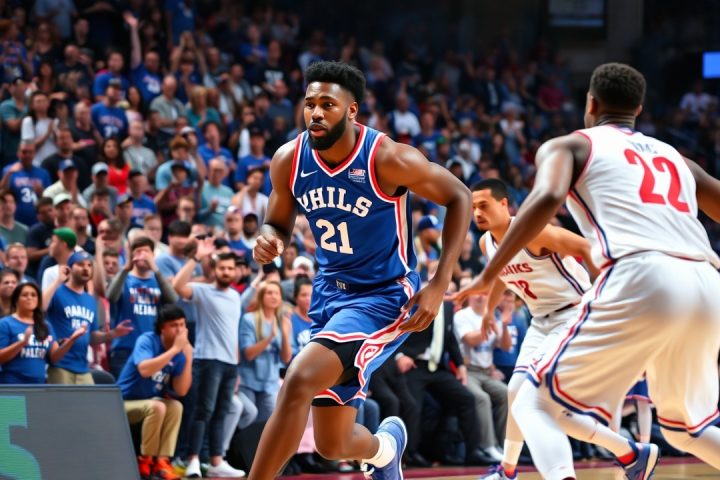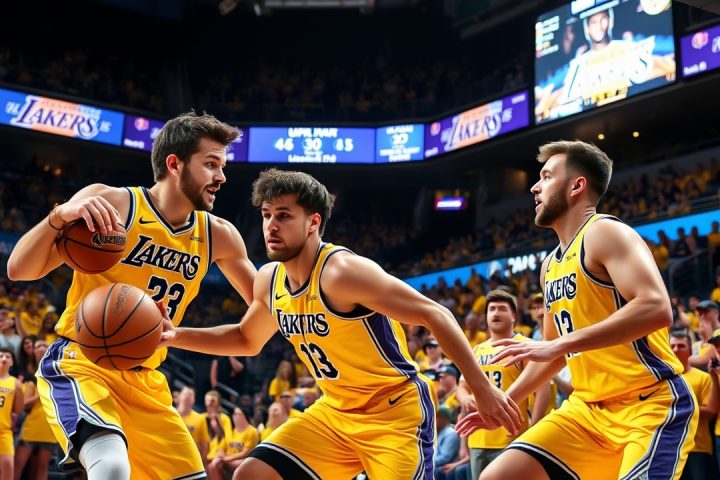Bethany Donaphin’s Journey
Bethany Donaphin, who once played basketball and now oversees league operations for the WNBA, reminisces about her formative years in New York City during the 1990s, a time when her passion for basketball flourished. As a pre-teen, she made it a routine to hit the blacktop with friends during recess, even though she stood out as the sole girl among the players—a bold choice that required immense confidence and a willingness to face the risks of being different. For young girls like Donaphin, the aspiration to excel in such an environment often meant overcoming skepticism and a prescribed need to fit in. Her experiences reflect a shared understanding among current and former WNBA athletes who have faced similar challenges on outdoor basketball courts, where they felt the weight of proving their worth compared to their male counterparts.
WNBA “Line ‘Em Up” Campaign
In a groundbreaking move to improve visibility and representation, the WNBA is launching its “Line ‘Em Up” campaign this summer, aimed at painting the league’s official three-point line on public basketball courts across the United States. The initiative will kick off formally in New York City at the outdoor facilities of Brooklyn Bridge Park, with future plans to expand to Indianapolis during the WNBA All-Star Weekend.
Phil Cook, the Chief Marketing Officer of the WNBA, emphasized to NBC Sports the significance of establishing a presence in culturally resonant locations. “No basketball player can claim to have not spent time shooting hoops outdoors. Women have frequented these parks since the popularity of street basketball, yet they have historically lacked representation there,” Cook stated.
Prominent WNBA athletes, including Allisha Gray from the Atlanta Dream and Courtney Williams from the Minnesota Lynx, have been highlighting this initiative on social media, creating buzz with intriguing hints, including images of a striking blue backdrop featuring a bright orange curve.
The conversation surrounding this campaign dates back to last summer during the WNBA All-Star festivities in Phoenix, where Cook and his team brainstormed how to leave a lasting legacy that transcends major events. They sought to forge a project that would carry significance year-round, reflecting the league’s commitment to empowering women and girls while growing the game of basketball.
To bring this vision to life, the WNBA collaborated with JOAN, an independent marketing agency that conceptualized the idea of painting WNBA three-point lines on courts in parks nationwide, in partnership with local city and recreation departments. “It’s a straightforward, replicable idea that we hope resonates across outdoor spaces and even driveways throughout the country,” Cook noted.
Expansion and Impact
With New York and Indianapolis leading the charge, further expansion is projected in cities like Toronto and Portland, concerning the league’s two anticipated expansion franchises. All 13 current teams, including the newly introduced Golden State Valkyries, have been informed about the campaign and encouraged to adopt the initiative in their local areas. The league will financially support each participating park that paints an orange three-point line.
To complement the launch, WNBA has enlisted the talents of Korean-Canadian director Iris Kim to produce a short film promoting the campaign. The video features notable outdoor locations such as Rucker Park, Venice Beach, and various parks in New York, while showcasing former greats like Epiphanny Prince and Sue Bird. These players share their personal struggles as women competing on outdoor courts, highlighting that the battle for acceptance and representation has long been a part of their journeys.
“As a girl trying to play basketball in Queens, it felt daunting to get on the court, as if I had to prove myself continually,” Tina Charles reflected in the film, echoing sentiments shared by her peers who have also navigated similar obstacles.
Community advocates like Sharon Bond and Alex Taylor, who work to promote women and girls’ participation in basketball, affirm that marking these three-point lines is significant for representation, creating a signal that these spaces welcome female athletes. The campaign culminates with Bird affirming the vision that future generations will grow up in a world where the WNBA’s orange three-point lines are a commonplace sight across America.
Legacy of the WNBA
This initiative underscores the significant strides the WNBA has made in becoming a more prominent and accessible league over recent years. It highlights the notion that the WNBA is here to stay, a testament to its enduring legacy. Reflecting on her childhood, Donaphin envisions how impactful it would have been to have a visible WNBA presence as she honed her skills. “If an orange line had existed during my efforts to stand out, it would have conveyed to myself and others around me that pursuing a passion was entirely valid, solidifying that there is indeed a place for us in the game,” she stated. For more details, visit the newly launched “Line ‘Em Up” website to find out if this inspiring initiative is coming to your neighborhood courts.




